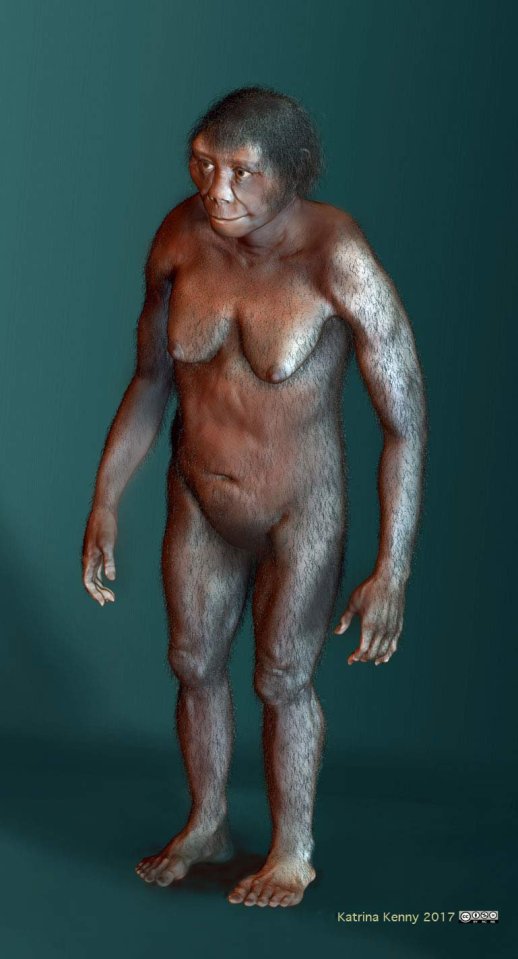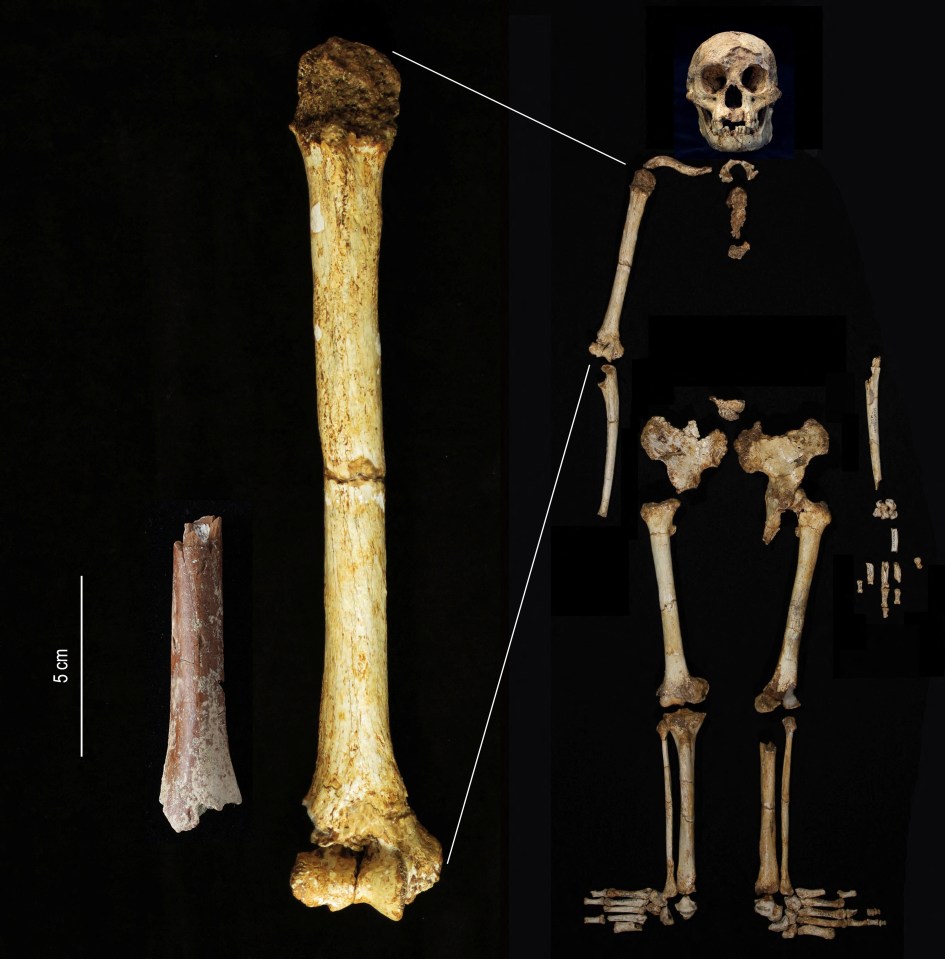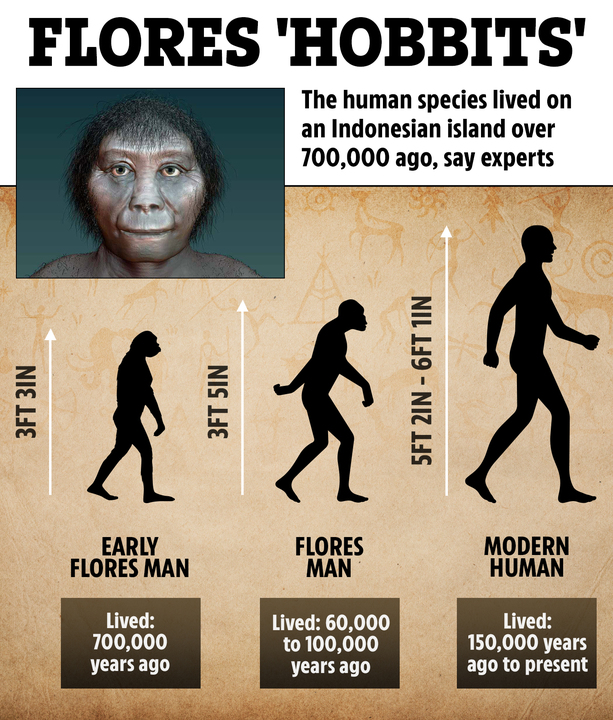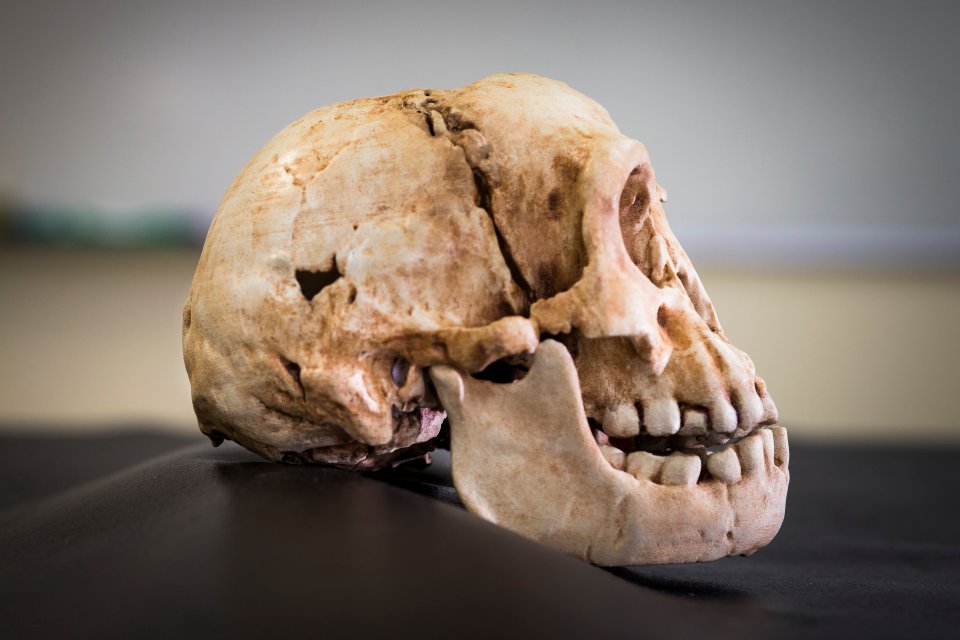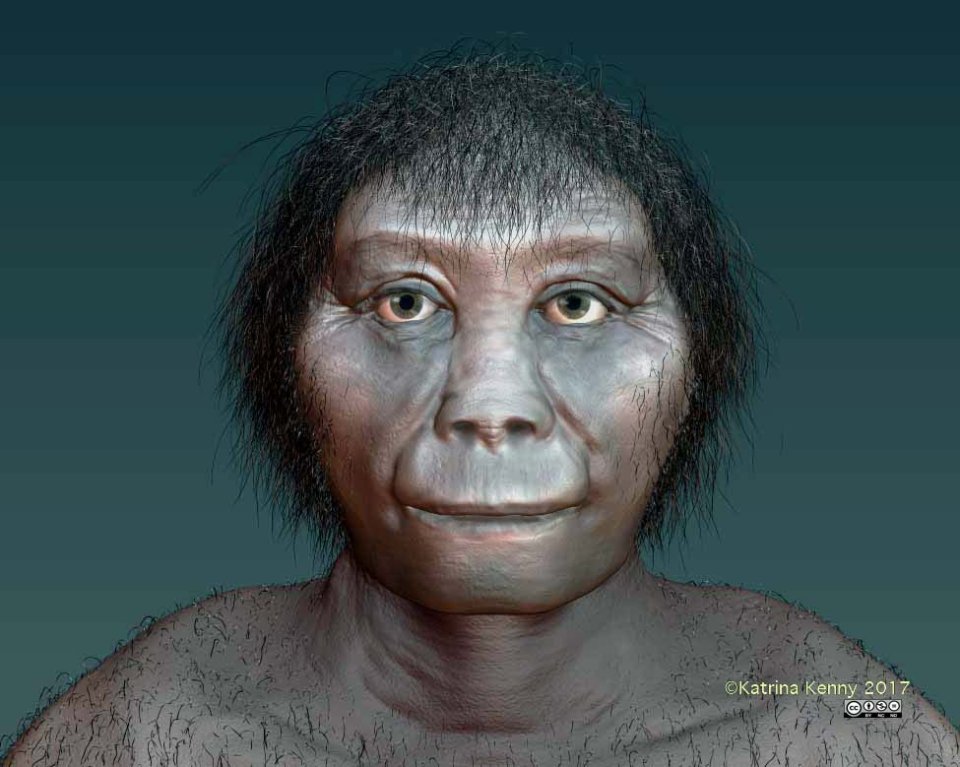SCIENTISTS believe that a species of hobbit people thought to have vanished 50,000 years ago could still be roaming the earth.
The ancient humans, that stood a tiny 3.5 feet tall, were first discovered through skeletons found on the Indonesian island of Flores in 2003.
They walked around on two legs like humans, but were hairier and with a more ape-like face.
Experts initially believed the tiny people were from a shrunken variety of our own species, Homo sapiens.
However, it was later concluded to be a different species entirely named after the island on which they lived - Homo floresiensis.
Now, a leading expert has said he believes the little humanoid creatures could still be pattering around on the island.
READ MORE IN ANCIENT FINDS
Gregory Forth has studied Homo floresiensis for four decades, beginning at University of Oxford and then the University of Alberta.
He wrote a book on the species in 2022: Between Ape and Human: An Anthropologist on the Trail of a Hidden Hominoid.
He recently told The Debrief that he had spoken to people on the island who claimed to have seen miniature people, known as “lai ho’a”, before the first fossils were unearthed.
“What really interested me in the lai ho’a is that it was small, like the figures in Nage country, but it was reckoned still to be alive,” Forth said.
Most read in Science
“And indeed, there were a few people around, it seemed, who claimed to have seen one or more.”
The professor’s hopes of finding a living Homo floresiensis were boosted when the fossils were found just over 20 years ago.
“When the reports started coming out, I was quite amazed,” he said.
“What people were describing - what paleoanthropologists were describing, and indeed reconstructing - sounded very much like what the Lio people had been describing to me the previous summer.”
Forth’s book claims that these ape-man creatures lived at least into modern times, and he believes credible sightings mean there’s a chance a small population still exists.
It was discovered last year that the species had even tinier ancestors.
The original hobbit fossils dated back to between 60,000 and 100,000 years ago, but older bones unearthed in 2016 date back to around 700,000 years ago.
And a study scientists in 2024 found that these ancestors would have been more than two-and-a-half inches shorter, standing at just 3.3 feet.
The smaller skeletons were also found on Flores, at a site called Mata Menge - 45 miles from the Liang Bua cave where the descendants were first discovered.
A tiny arm bone fragment and teeth were analysed and shed light on an even earlier and smaller human species.
Study co-author Yousuke Kaifu from The University of Tokyo said: "We did not expect that we would find smaller individuals from such an old site."
Dean Falk, an evolutionary anthropologist at Florida State University who was not involved with the research said: "They’ve convincingly shown that these were very small individuals."
Read More on The Sun
Researchers have debated how the hobbits, officially named Homo floresiensis or Flores man after the remote Indonesian island, evolved to be so small.
They’re thought to be among the last early human species to go extinct.



